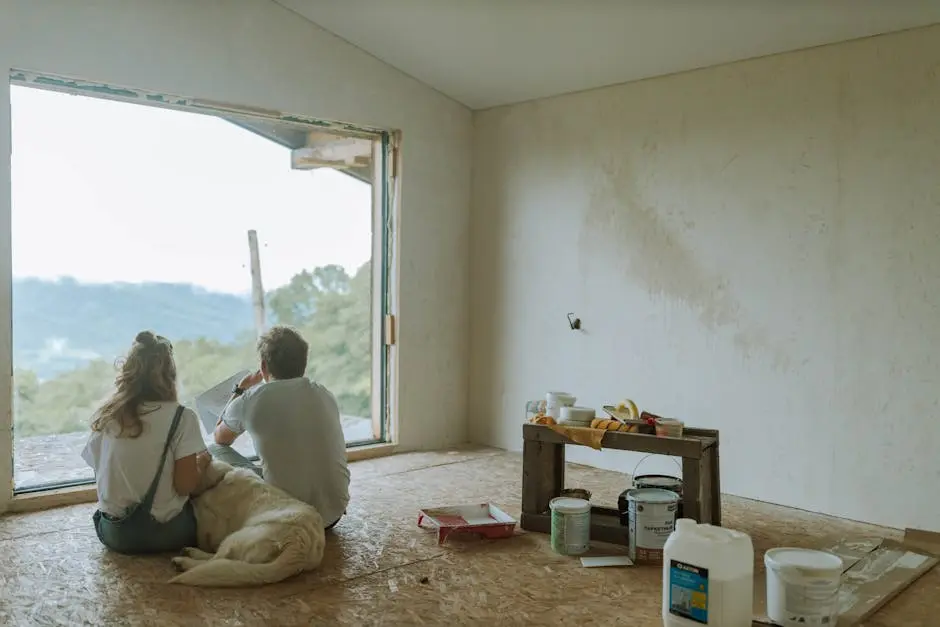
19 May Why Is Building Renovation Important for Sustainability?
In an era where sustainability is more crucial than ever, building renovation stands out as a key contributor to eco-friendly living. But why exactly is renovation important for sustainability? Let’s delve into this subject and explore its impact.
How Does Building Renovation Contribute to Resource Efficiency?
Renovating buildings allows us to utilize existing structures, minimizing the need for new materials. This not only conserves resources but also reduces the carbon footprint associated with the construction of new buildings. By reusing materials and structures, we can significantly cut down on waste and energy consumption that new constructions would typically generate.
Think about the vast amount of resources needed for a new building; from concrete and steel to lumber. Renovating helps conserve these essential yet limited resources. This process aligns with sustainable practices by prioritizing resource conservation over resource consumption. Not only does it prevent excessive waste, but it also fosters a circular economy where existing materials are repurposed and given new life.
Incorporating eco-friendly materials during renovations can further enhance resource efficiency. For example, using recycled steel or reclaimed wood can lower the demand for new materials. These choices reflect a commitment to sustainability by promoting the use of renewable resources and reducing the exploitation of finite ones.
What Role Does Renovation Play in Energy Efficiency?
Upgrading insulation, windows, and HVAC systems during renovations can drastically reduce a building’s energy consumption. This leads to lower energy bills and a decreased environmental impact, making buildings more sustainable. Modern insulation technologies are designed to maintain indoor temperatures effectively, reducing the need for excessive heating or cooling.
Installing energy-efficient windows can significantly reduce energy loss. By preventing heat transfer through windows, these installations help maintain consistent indoor temperatures and reduce the workload on heating and cooling systems. Similarly, state-of-the-art HVAC systems are engineered to operate more efficiently, consuming less power while providing optimal comfort.
Beyond installations, incorporating smart technologies within renovations can take energy efficiency to the next level. Smart thermostats and energy management systems allow for real-time monitoring and automatic adjustments based on occupancy and usage patterns, ensuring that energy is used judiciously rather than wastefully.
Can Building Renovation Improve Indoor Air Quality?
Renovations often involve updating ventilation systems and using non-toxic materials, improving indoor air quality. This change not only enhances occupant health but also aligns with sustainable building practices. Efficient ventilation systems ensure a constant flow of fresh air, reducing the concentration of indoor pollutants.
Using low-emission paints, adhesives, and sealants can further enhance the air quality within renovated spaces. These materials reduce the release of volatile organic compounds (VOCs) into the environment, contributing to a healthier indoor atmosphere. Opting for such materials is a step towards integrating health-centric design principles into building renovation.
Additionally, incorporating green building standards, like LEED certifications, can guide renovation efforts towards maintaining superior air quality. These frameworks mandate rigorous checks and standards that prioritize the well-being of occupants, fostering an environment where health and sustainability go hand-in-hand.
What Are the Economic Benefits of Sustainable Renovations?
Sustainable renovations can lead to significant savings in the long run. Improved energy efficiency and reduced maintenance costs add economic value, potentially increasing property value and making buildings more appealing to eco-conscious tenants. Initial investments in sustainable features often pay for themselves within a few years, making them financially viable.
Furthermore, with growing environmental awareness, properties with sustainable upgrades are likely to attract higher demand. This increased interest can lead to greater occupancy rates and higher rental income. Property owners can leverage these benefits to position their assets as preferred choices in competitive markets.
Governments and local authorities often provide incentives for sustainable renovations. These can come in the form of tax breaks or subsidies, further diminishing the financial barriers to adopting green renovations. Taking advantage of such programs not only makes the projects more cost-effective but supports broader sustainability goals adopted by communities globally.
Embracing Building Renovation for a Greener Future
Building renovation isn’t just a matter of aesthetics; it’s a fundamental aspect of pursuing sustainability. By reusing resources, enhancing energy efficiency, and improving indoor environments, renovations present an opportunity to shape a greener future.


Sorry, the comment form is closed at this time.